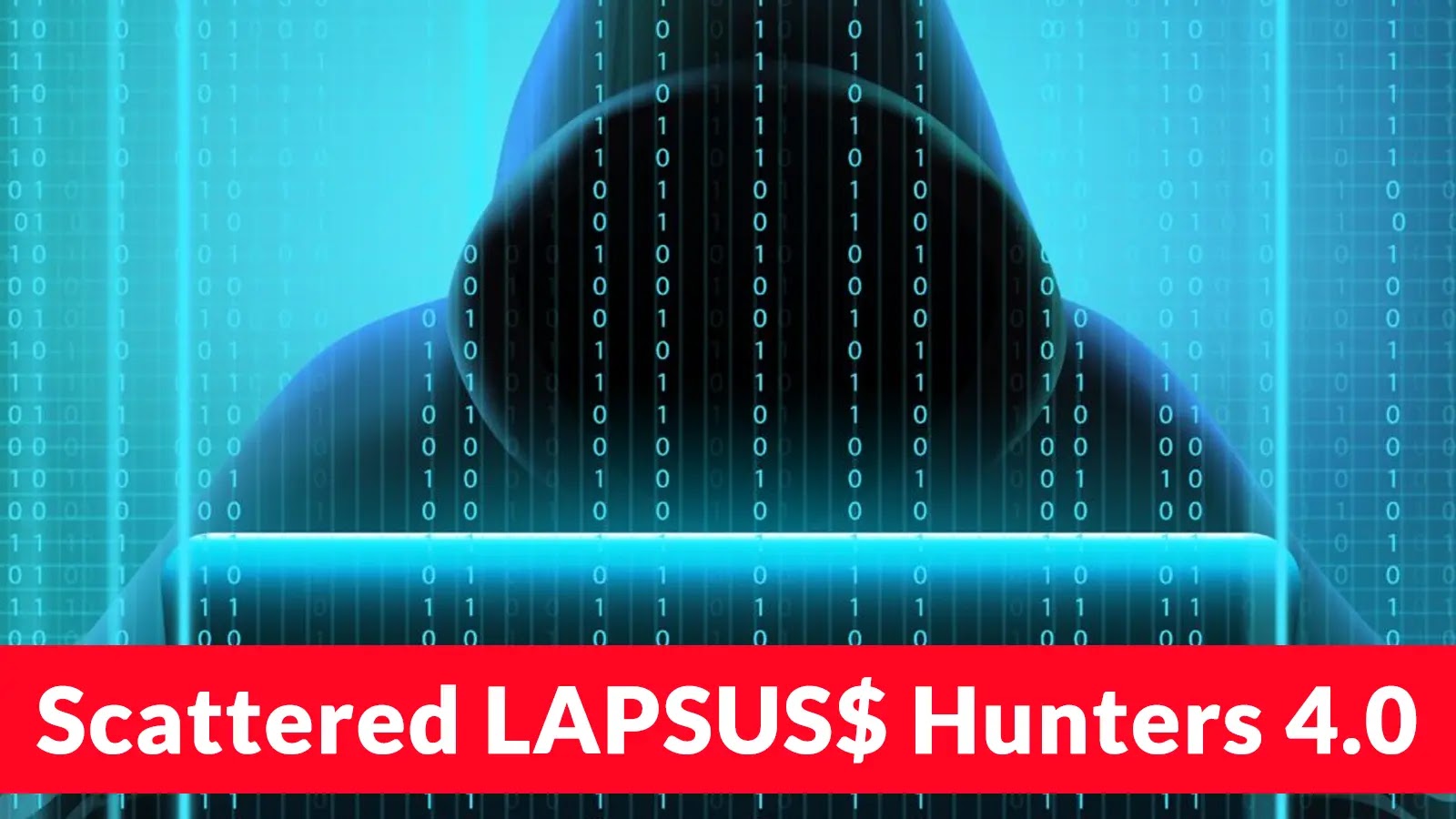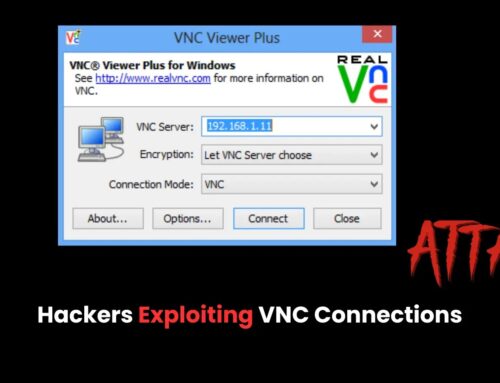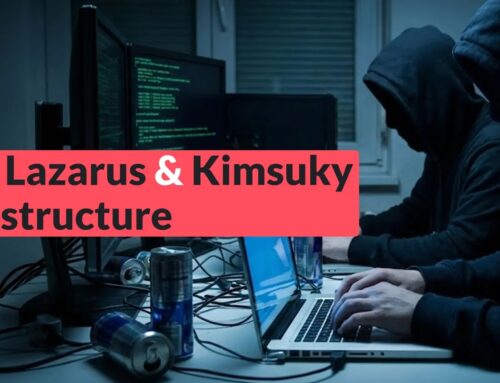
Scattered LAPSUS$ Hunters 4.0 Announced That Their Going Dark Permanently
In a surprising turn of events that sent ripples through the cybersecurity community, the notorious collective known as “Scattered LAPSUS$ Hunters 4.0” has declared a permanent cessation of its public operations. This abrupt announcement, made via their Telegram channel on September 8, marks the end of a turbulent period where the group gained infamy for its high-profile campaigns against major corporations and critical infrastructure. The decision has left many analysts pondering the true reasons behind this sudden retreat and its potential implications for the threat landscape.
The Rise and Sudden Fall of Scattered LAPSUS$ Hunters 4.0
Scattered LAPSUS$ Hunters 4.0 emerged as a significant force in the cyber threat arena, quickly building a reputation for audacious attacks and data exfiltration. Their modus operandi often involved sophisticated social engineering tactics, bypassing multi-factor authentication, and exploiting supply chain vulnerabilities. The group’s targets ranged across various industries, causing significant financial and reputational damage. Their public declaration of “going dark permanently” as reported by Cyber Security News, raises critical questions about the motivations behind this sudden exit. Was it internal pressure, law enforcement intervention, or a strategic repositioning? The mystery surrounding their departure adds another layer of complexity to their already enigmatic history.
Understanding the Impact: Beyond the Headlines
The activities of groups like Scattered LAPSUS$ Hunters 4.0 extend far beyond the immediate compromises. Their actions often expose weaknesses in corporate security postures, leading to significant review and, ideally, strengthening of defenses. The data breaches they orchestrated frequently involved sensitive information, impacting customer trust and regulatory compliance. While there isn’t a single CVE directly tied to a group’s actions, their methodologies often exploited vulnerabilities that could be tracked within the CVE program. For instance, successfully bypassing MFA might involve exploiting weaknesses in specific identity management systems, which could have associated CVEs (e.g., vulnerabilities in certain authentication protocols).
- Impact on Corporate Security: Many organizations were forced to re-evaluate their security strategies and invest in more robust defenses.
- Regulatory Scrutiny: High-profile breaches often trigger investigations and potential fines from regulatory bodies.
- Supply Chain Risks: The group’s targeting of third-party vendors highlighted the critical importance of supply chain security.
- Threat Actor Evolution: Their methods showcased the increasing sophistication of financially motivated cybercrime syndicates.
The LAPSUS$ Legacy: A Persistent Threat Model
While the “Hunters” may be gone, the threat model they represent persists. The original LAPSUS$ group, which inspired many offshoots, pioneered techniques that remain effective today. These include:
- Social Engineering: Manipulating employees to gain initial access.
- SIM Swapping: Taking control of mobile numbers to bypass MFA.
- Insider Threats: Cultivating disgruntled employees or contractors.
- Cloud Environment Exploitation: Targeting misconfigurations and vulnerabilities in cloud infrastructures.
The cessation of one group does not eliminate the underlying vulnerabilities or the motivation for other malicious actors to adopt similar tactics. Cybersecurity professionals must remain vigilant against these evolving threat patterns, even when specific groups disappear from public view.
Remediation Actions: Fortifying Defenses Against Evolving Threats
Organizations must treat the disappearance of Scattered LAPSUS$ Hunters 4.0 not as a reprieve, but as a critical reminder to bolster their cybersecurity posture. The tactics they employed are still prevalent, and other groups will undoubtedly attempt to replicate their success.
- Strengthen Multi-Factor Authentication (MFA): Implement phishing-resistant MFA methods such as FIDO2 security keys. Continually educate users on the dangers of MFA fatigue and social engineering attempts.
- Enhance Endpoint Detection and Response (EDR): Deploy EDR solutions across all endpoints to detect and respond to suspicious activities in real-time.
- Implement Least Privilege Access: Ensure users and applications only have the minimum necessary permissions to perform their tasks. Regularly audit and review access controls.
- Regular Security Awareness Training: Conduct frequent and engaging training sessions for all employees on identifying social engineering, phishing attempts, and safe computing practices.
- Supply Chain Security Audits: Vet third-party vendors and partners thoroughly. Ensure they meet stringent security requirements and conduct regular security assessments.
- Patch Management: Maintain a rigorous patch management program to address known vulnerabilities promptly. Stay informed about critical CVEs such as CVE-2022-26923 (often exploited in identity-related attacks) and CVE-2023-35636 (representing a common type of unauthenticated access vulnerability).
- Incident Response Plan: Develop and regularly test a comprehensive incident response plan to minimize the impact of a breach.
- Monitor Dark Web and Threat Intelligence: Subscribe to threat intelligence feeds to stay abreast of emerging threats, tactics, and indicators of compromise (IOCs).
Conclusion: The Ever-Present Threat Landscape
The announcement from Scattered LAPSUS$ Hunters 4.0 that they are going dark permanently serves as a potent reminder of the dynamic nature of the cyber threat landscape. While the departure of a high-profile group might suggest a momentary lull, the underlying threat actors and their motivations remain. Organizations must not become complacent. Instead, they should leverage this moment to re-evaluate and fortify their defenses, focusing on robust authentication, continuous monitoring, and proactive remediation. The tactics once employed by this group will undoubtedly be adopted and refined by others, making vigilance and a strong security posture more critical than ever.





